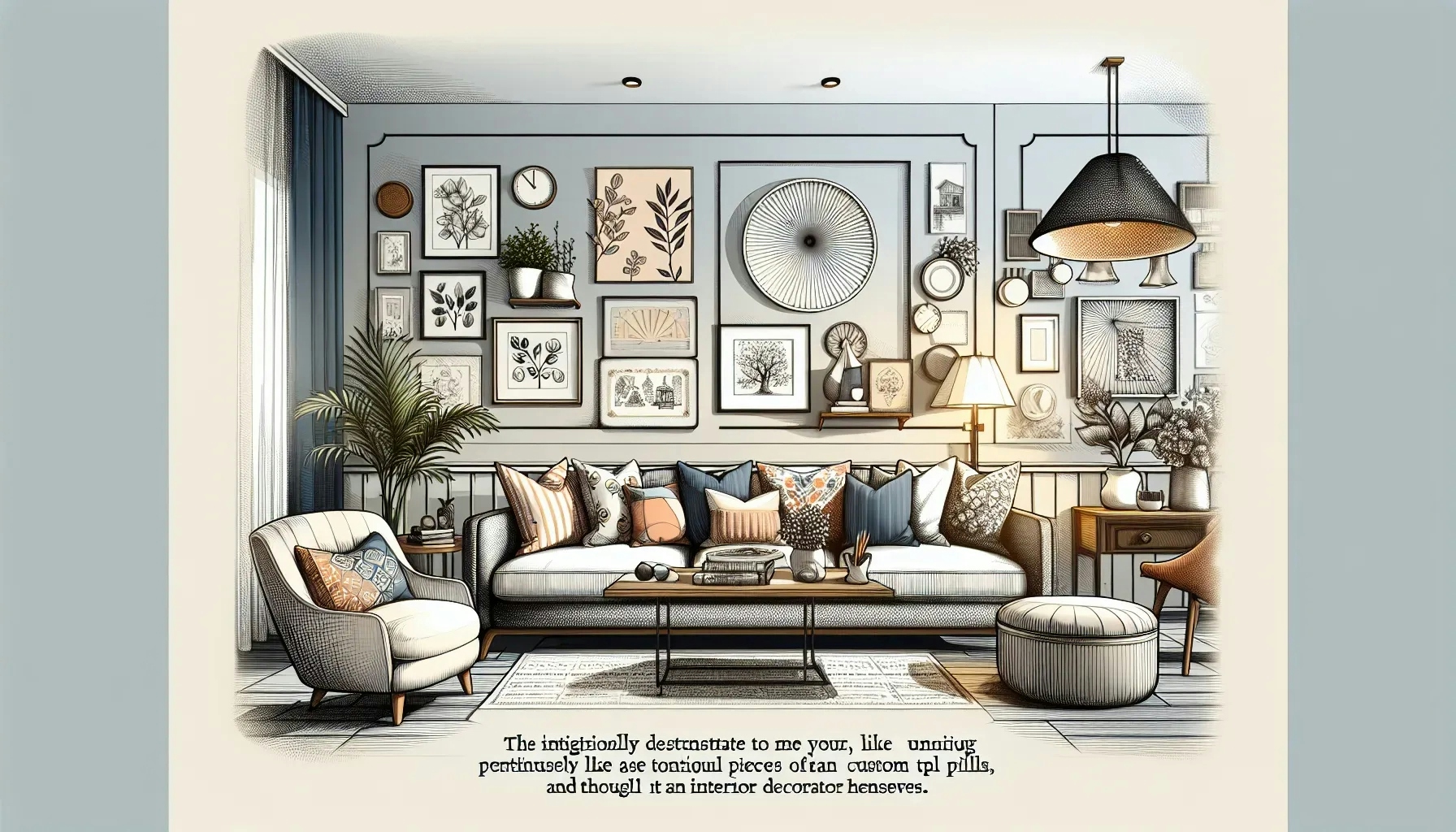How Can a Design Reflect a Client's Personality in Interior Decorating?
When it comes to personalizing spaces, interior decorators must blend their expertise with the unique personalities of their clients. From designing a colorful, family-friendly kitchen to using favorite colors and textures, we've gathered five insightful strategies from owners and founders in the design industry. Discover how these professionals adapt designs to capture the essence of their clients' characters.
- Designing a Colorful, Family-Friendly Kitchen
- Creating Spaces for Clients' Lifestyles
- Integrating Music Themes for Passionate Musician
- Incorporating Personal Touches and Functionality
- Using Favorite Colors and Textures
Designing a Colorful, Family-Friendly Kitchen
We specialize a lot in kitchens and typically create classic, beautiful, neutral kitchens for most of our clients. However, one of my clients wanted a really colorful kitchen. They had a sunny disposition and a lot of kids, and they spent a lot of time in the kitchen—hanging out with mom while she's cooking, doing homework, crafts, etc.—and the family really wanted this to be a bright, happy, colorful space the kids would enjoy.
So, we deviated from our usual approach. I didn't install greige cabinets, white marble counters, and neutral floors. Instead, all the cabinets were custom-made to be colorful, with a bright rainbow design, and colorful chairs for each child, etc. The end result wasn't what we usually do, but the family adored it, the kids were so happy, and we were happy to reflect the client's personality and their needs with all the kids.

Creating Spaces for Clients' Lifestyles
In my work at The Page as an interior decorator and handyman, what we focus on is getting to know the clients' way of life and what they like. It's important for designers to look deeper than just basic information. Asking about how the client lives, what they do every day, and their habits is really important. This information helps us create a space that looks good and works well for them. For instance, if a client often has people over, this will affect what furniture we choose and how we arrange the room, so it suits their way of living.

Integrating Music Themes for Passionate Musician
In a memorable project, I worked with a client who was a passionate musician and wanted their home to reflect their love for music. To accommodate this, I integrated music-themed elements into the design. For instance, I transformed an underused corner of the living room into a cozy music nook with a stylish record player, vinyl-record storage, and comfortable seating.
I also curated artwork related to iconic music events and artists, creating a gallery wall that added a vibrant and personal touch to the space. The end result was a unique design that not only reflected the client's personality but also their deep connection to music.

Incorporating Personal Touches and Functionality
Before I even begin designing a space for a client, I make sure to have a thorough understanding of their personality. This involves getting to know them on a personal level and learning about their likes, dislikes, and overall style. By doing this, I am able to get a sense of who they are as a person and what type of design will truly reflect their personality.
Once I have a good understanding of the client's personality, I begin to incorporate personalized elements into the design. This could be anything from incorporating their favorite color into the color scheme to including items that hold sentimental value to them. These personal touches not only enhance the design but also make the space feel more personalized and reflective of the client's personality.
It is important to not only create a visually appealing space but also ensure that it meets the functional needs of the client. While incorporating personal touches, I make sure to also consider the functionality of the design. This means finding a balance between style and practicality to create a space that not only looks great but also functions well for the client's lifestyle.

Using Favorite Colors and Textures
In order to reflect a client's personality in interior design, I always start by incorporating their favorite colors and textures into the space. This not only adds a personal touch but also sets the tone for the rest of the design. For example, if a client loves bold and vibrant colors, I will use those hues throughout the space in accent pieces, artwork, or even on walls. Similarly, if a client prefers more muted and natural tones, I will incorporate those through the use of materials like wood, stone, or linen. By using colors and textures that resonate with the client, I am able to create a space that reflects their personality and makes them feel at home.


